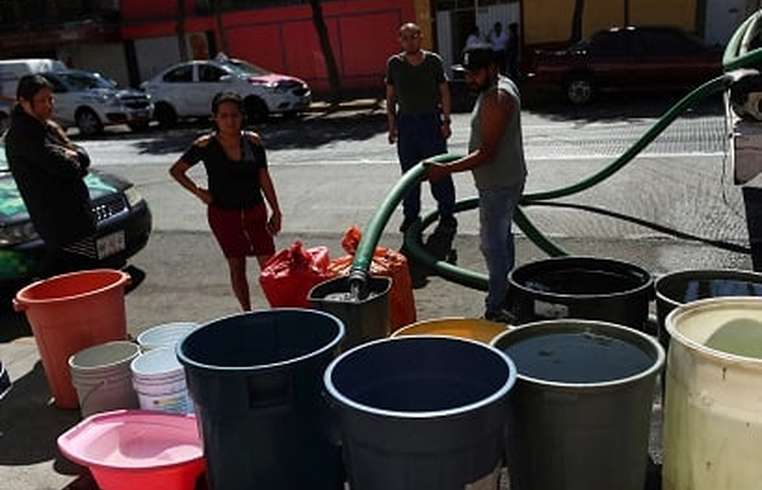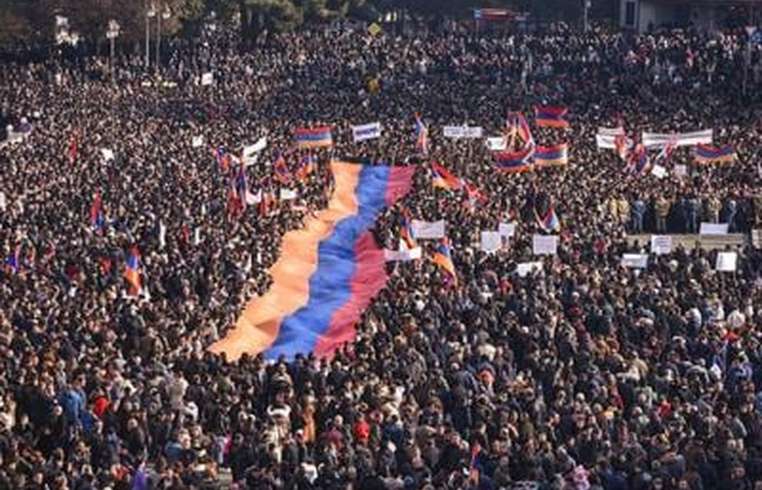
News - One of world’s biggest cities may be just months away from running out of water
Business Strategy
One of world’s biggest cities may be just months away from running out of water

Mexico City, a sprawling metropolis of nearly 22 million people and one of the world’s biggest cities, is facing a severe water crisis as a tangle of problems—including geography, chaotic urban development and leaky infrastructure—are compounded by the impacts of climate change, CNN reported. Years of abnormally low rainfall, longer dry periods and high temperatures have added stress to a water system already straining to cope with increased demand. Authorities have been forced to introduce significant restrictions on the water pumped from reservoirs. Densely populated Mexico City stretches out across a high-altitude lake bed, around 7,300 feet above sea level. It was built on clay-rich soil—into which it is now sinking—and is prone to earthquakes and highly vulnerable to climate change. The Aztecs chose this spot to build their city of Tenochtitlan in 1325, when it was a series of lakes. They built on an island, expanding the city outwards, constructing networks of canals and bridges to work with the water. But when the Spanish arrived in the early 16th century, they tore down much of the city, drained the lakebed, filled in canals and ripped out forests. Around 60% of Mexico City’s water comes from its underground aquifer, but this has been so over-extracted that the city is sinking at a frightening rate—around 20 inches a year, according to recent research. And the aquifer is not being replenished anywhere near fast enough. The rainwater rolls off the city’s hard, impermeable surfaces, rather than sinking into the ground. The rest of the city’s water is pumped vast distances uphill from sources outside the city, in an incredibly inefficient process, during which around 40% of the water is lost through leaks. The crisis has set up a fierce debate about whether the city will reach a “day zero,” where the Cutzamala system falls to such low levels that it will be unable to provide any water to the city’s residents. Local media widely reported in early February that an official from a branch of Conagua said that without significant rain, “day zero” could arrive as early as June 26. But authorities have since sought to assure residents there will be no day zero.






